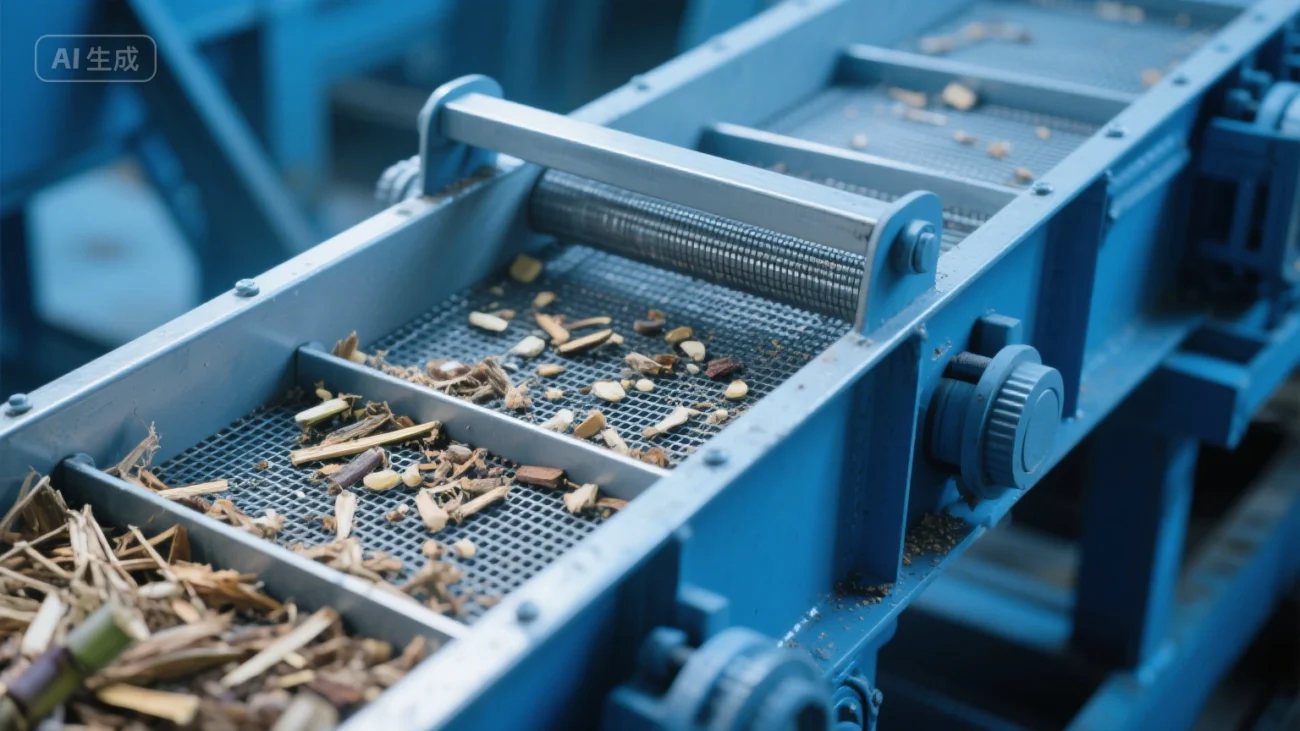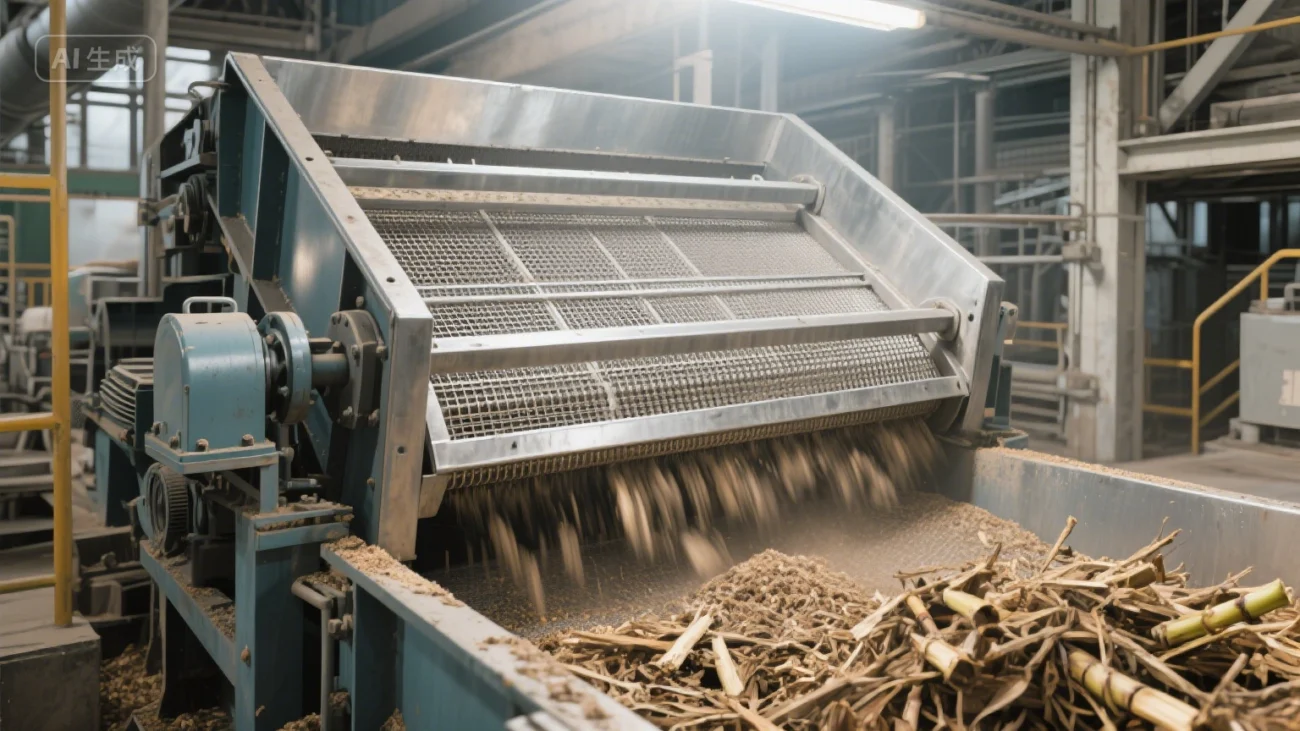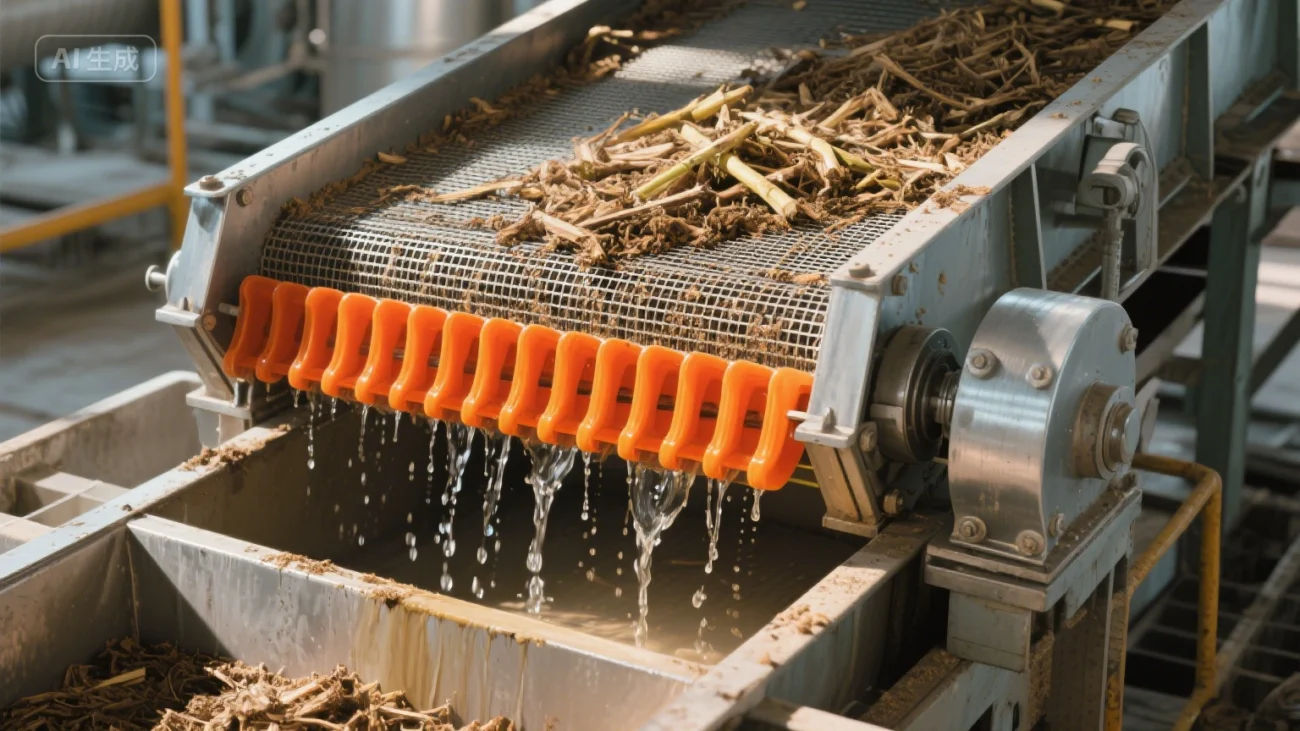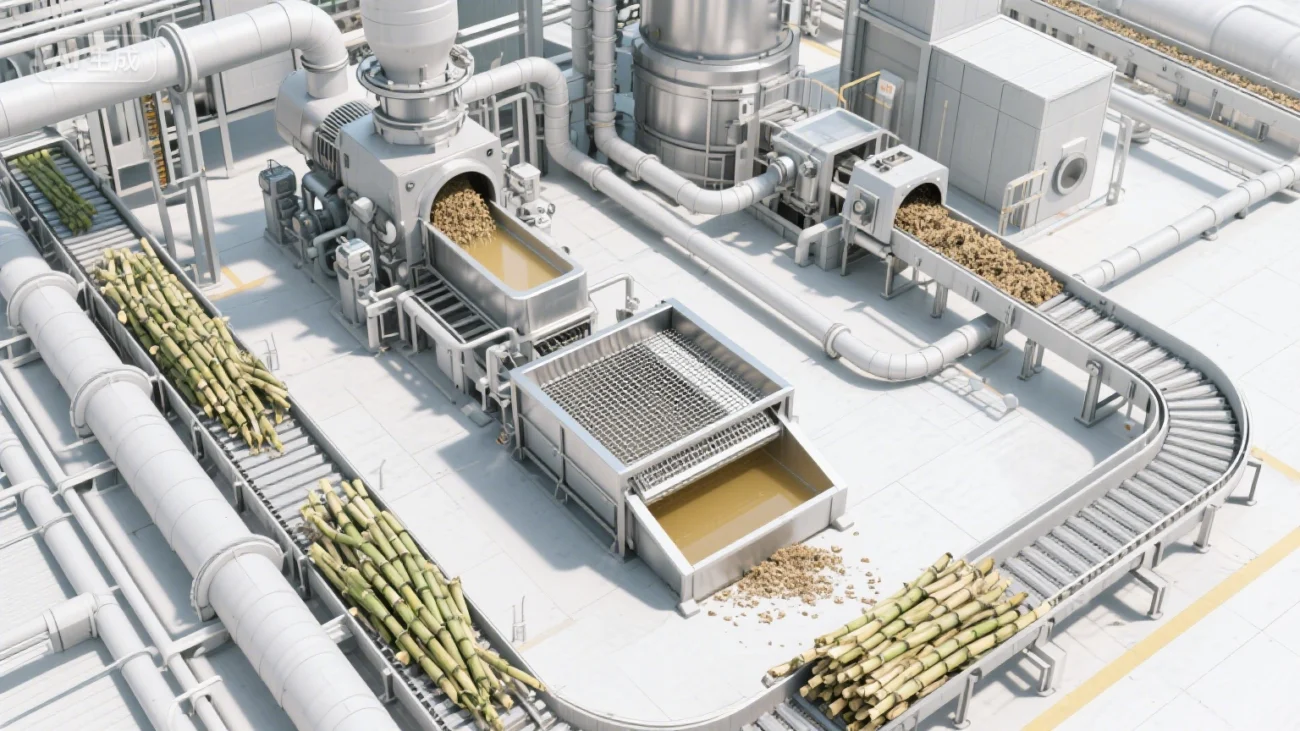The Strategic Importance of Bagasse in the Sugar Industry

The global sugar industry is an intricate nexus of agricultural output, industrial processing, and energy generation. One of the most valuable, albeit underutilized, by-products of sugarcane processing is bagasse—the fibrous residue remaining after juice extraction. Traditionally perceived as waste or low-value fuel, bagasse has evolved into a critical feedstock for cogeneration, paper production, and bio-based materials. However, effective bagasse handling is paramount to unlocking its full economic and ecological potential.
Improper or inefficient bagasse handling leads to multiple complications, ranging from material blockages and moisture retention to suboptimal combustion in biomass boilers. Furthermore, the heterogeneous nature of raw bagasse—with varying particle sizes, moisture levels, and contamination with soil or cane knots—necessitates sophisticated pre-treatment. This is where mechanical separation technologies such as vibrating screen for bagasse enter the equation. These screens provide a non-invasive, energy-efficient method for classifying, cleaning, and homogenizing bagasse before it enters secondary processing or combustion.
In the broader scope of sugar industry equipment, vibrating screens function as both gatekeepers and quality enhancers. They not only prevent downstream fouling but also ensure that only appropriately sized and moisture-optimized bagasse progresses to the next phase. For sugar mills seeking to modernize their operations and align with sustainability mandates, integrating vibrating screen solutions for sugar mills is no longer a luxury but a necessity.
Engineering Efficiency: How Vibrating Screens Transform Bagasse Processing

The technological merit of vibrating screen solutions for sugar mills lies in their operational precision, robustness, and adaptability to varying throughput demands. Unlike static screening methods, vibrating screens apply mechanical oscillation to stratify materials based on size, weight, and shape. In the context of bagasse handling, this translates to superior dewatering, removal of oversize contaminants, and improved bulk density control.
Modern vibrating screens for biomass applications are engineered with high-frequency, low-amplitude motion—optimized for fibrous, lightweight materials like bagasse. The screens are typically constructed with stainless steel or polymer-based meshes to resist corrosion and clogging. Their modular designs facilitate quick screen replacements and low maintenance downtimes. Moreover, their integration with conveyors and hoppers ensures seamless material flow within the mill ecosystem.

From a process engineering perspective, the critical advantage lies in moisture management. Raw bagasse often contains upwards of 50% moisture, which significantly hampers combustion efficiency in biomass boilers. Vibrating screens equipped with drainage decks or slotted meshes can mechanically separate free water, thereby increasing calorific value and reducing emissions. Furthermore, by homogenizing the feedstock, these screens help stabilize boiler feed rates and prevent combustion anomalies such as clinkering or slagging.
Additionally, vibrating screen for bagasse systems can be calibrated to remove non-fibrous inclusions such as stones, sand, and metallic debris, which would otherwise cause wear and tear in downstream equipment. This protective function extends the operational life of shredders, conveyors, and combustion units, thus reducing capital expenditure and unplanned downtimes.
Integrating Vibrating Screens into the Future of Sugar Mill Operations
As the sugar industry transitions toward a more circular and integrated production model, the strategic integration of sugar industry equipment like vibrating screens takes on renewed significance. These machines are not standalone devices; they are integral components of a holistic material handling and energy recovery system. From a systems design perspective, the placement of vibrating screens at key nodes—immediately after juice extraction, before biomass boilers, or upstream of pelletizing units—offers control and flexibility across the production chain.

One of the most compelling future applications is in the automation of bagasse handling. With the advent of Industry 4.0 technologies, vibrating screens can now be equipped with sensors to monitor throughput, vibration amplitude, and screen integrity in real time. These metrics feed into supervisory control systems, enabling predictive maintenance and adaptive process adjustments. Consequently, sugar mills can optimize screen settings dynamically based on incoming material quality, seasonal variations in cane composition, or operational exigencies.
In sustainability terms, the efficiency gained from optimized vibrating screen solutions for sugar mills translates directly into reduced greenhouse gas emissions, lower auxiliary fuel consumption, and better air quality within mill environments. It also supports compliance with tightening environmental regulations and opens avenues for carbon credit generation.
From an economic standpoint, the enhanced quality of screened bagasse increases its market value for external buyers, whether for use in paper manufacturing, particleboard production, or bioenergy facilities. The dual benefit of internal efficiency and external revenue generation makes vibrating screens a high-return investment within the suite of sugar industry equipment.
In sum, as global pressures mount for decarbonization, efficiency, and value maximization in agro-industrial sectors, the role of advanced vibrating screen for bagasse systems in the sugar industry will only grow more pronounced. Strategic deployment of these systems enables mills to transition from commodity producers to integrated biorefineries—a transformation that is as technologically viable as it is economically imperative.
